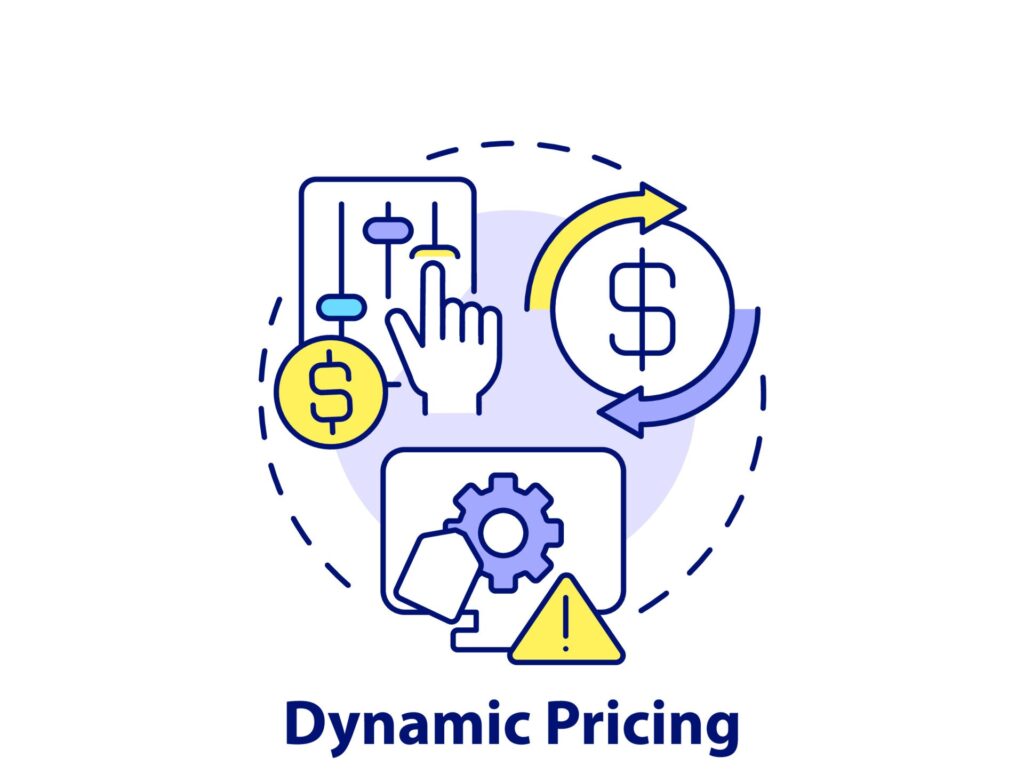Introduction
In today’s highly competitive business landscape, effectively positioning products or services is crucial for successful marketing campaigns. While various elements contribute to positioning, pricing plays a pivotal role in shaping customer perception and influencing purchasing decisions. Strategic pricing enables businesses to establish a competitive edge, attract their target audience, and drive sales growth.
This article explores the significance of pricing in effective marketing and provides actionable insights on how to position products or services through pricing strategies. By understanding the power of pricing and its impact on consumer behaviour, businesses can optimize their marketing efforts and achieve desirable outcomes.
Throughout this article, we will delve into the importance of market research and competitor analysis, the value of setting clear pricing objectives, and the identification of unique value propositions. We will also discuss market segmentation, different pricing strategies, dynamic pricing, and the utilization of psychological pricing tactics.
By implementing these strategies and techniques, businesses can position their products or services effectively, resonate with their target audience, and achieve marketing success.
1. Conducting Market Research
Before determining the pricing strategy, it is essential to conduct thorough market research. This involves analyzing customer preferences, needs, and purchasing behaviour, as well as studying competitor pricing. By understanding customer perceptions and studying competitor prices, businesses can identify opportunities to differentiate their offerings and establish a competitive edge.
2. Setting Clear Objectives
To effectively position products or services through pricing, businesses must set clear pricing objectives aligned with their overall marketing goals. These objectives can vary, such as maximizing market share, maximizing profit margins, or driving sales volume. Clear objectives help guide the pricing strategy and ensure consistency across marketing efforts.
3. Understanding the Value Proposition
To position products or services effectively, it is crucial to understand the unique value proposition they offer. By identifying and highlighting the features, benefits, and advantages that set the offering apart from competitors, businesses can communicate value to customers. This allows for justifying a higher price point while creating a perception of quality and differentiation in the market.
4. Segmenting the Market
Segmenting the market helps businesses tailor pricing strategies to specific customer groups. By dividing the market into segments based on demographics, psychographics, or behaviour, businesses can better understand the needs and price sensitivity of each group. This enables customized pricing strategies that resonate with the target audience, fostering stronger connections and higher conversion rates.
5. Pricing Strategies
Choosing an appropriate pricing strategy is essential for effective product or service positioning. Common strategies include cost-based pricing, value-based pricing, competitive-based pricing, and penetration pricing. Each strategy has its advantages and should align with the overall marketing objectives and target market. Careful consideration should be given to factors such as production costs, perceived value, competitor prices, and market demand.
6. Dynamic Pricing

Dynamic pricing involves adjusting prices based on real-time market conditions, demand, and customer behaviour. This strategy allows businesses to optimize revenue and adapt to market fluctuations. By leveraging technology and data analytics, businesses can identify optimal pricing points, offer personalized pricing promotions, and manage inventory effectively. Dynamic pricing ensures competitiveness and helps businesses stay agile in a rapidly changing market.
7. Psychological Pricing Tactics
Psychological pricing tactics focus on the impact of price perception on consumer behaviour. Strategies like charm pricing (e.g., $9.99 instead of $10) or bundling products can create the illusion of a better deal, increase perceived value, and encourage purchasing decisions. By understanding how consumers perceive prices and leveraging psychological pricing techniques, businesses can nudge customers towards choosing their offerings over competitors.
Conclusion
Effective marketing through pricing requires a deep understanding of customer needs, competitive landscapes, and strategic decision-making. By conducting market research, setting clear objectives, highlighting unique value propositions, segmenting the market, selecting appropriate pricing strategies, leveraging dynamic pricing, and implementing psychological pricing tactics, businesses can position their products or services for success in the market. Strategic pricing is a powerful tool that can boost marketing efforts, drive sales, and ultimately maximize profitability.












